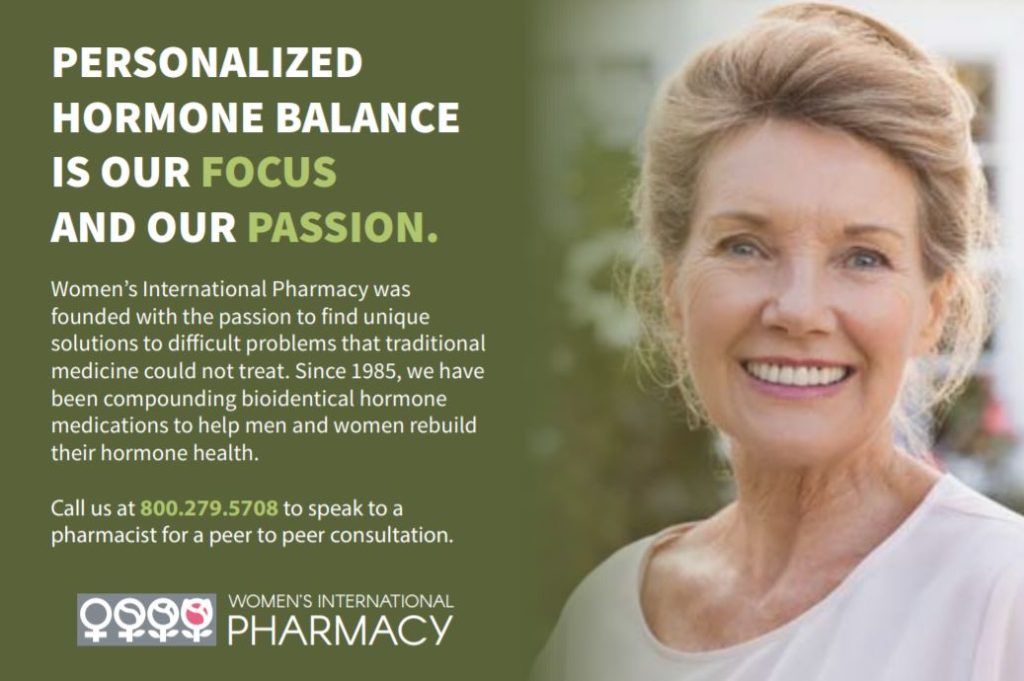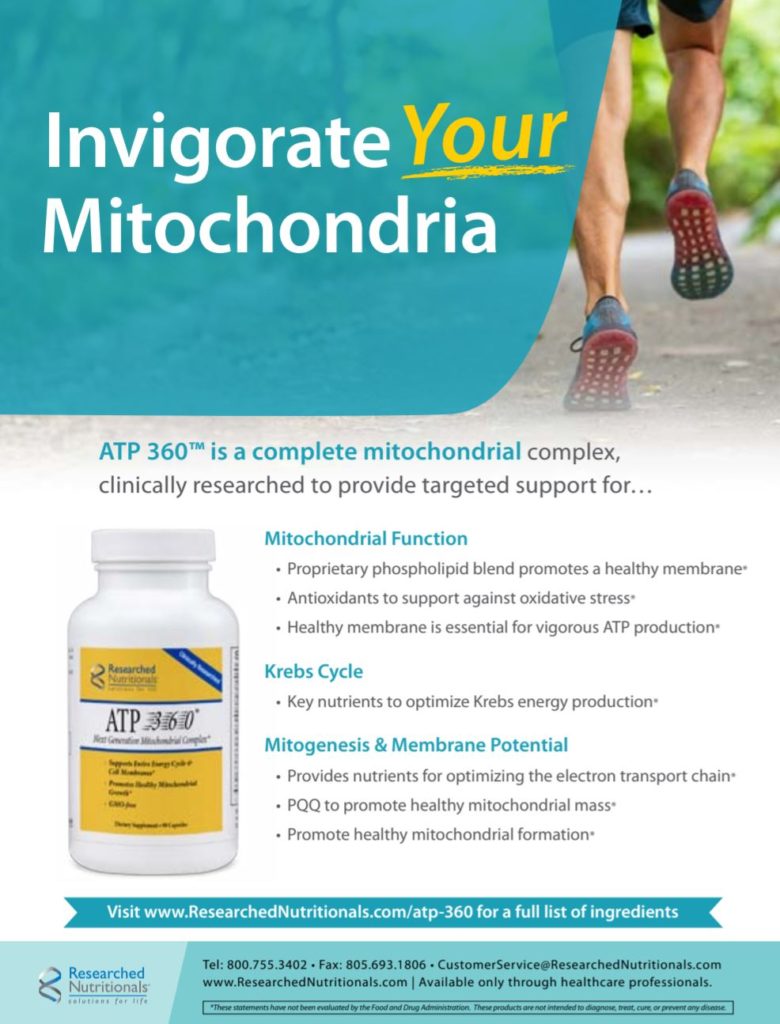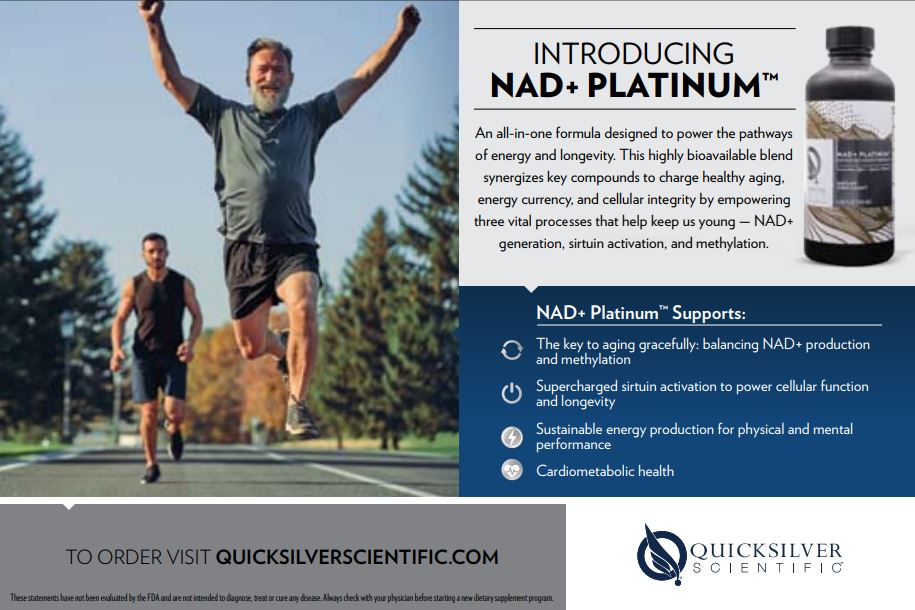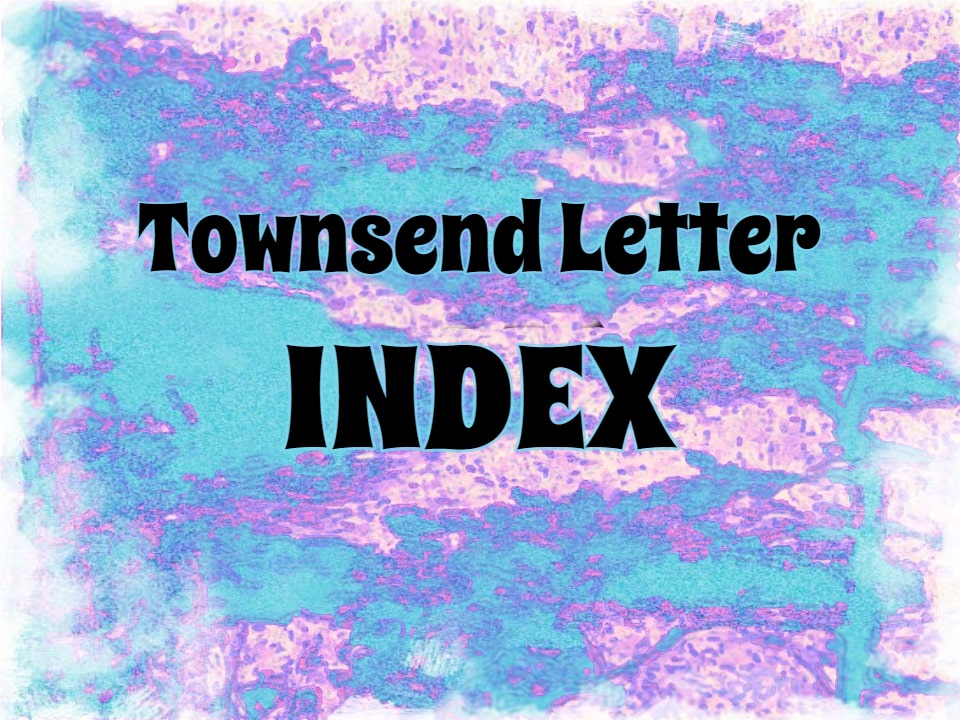…article continued:
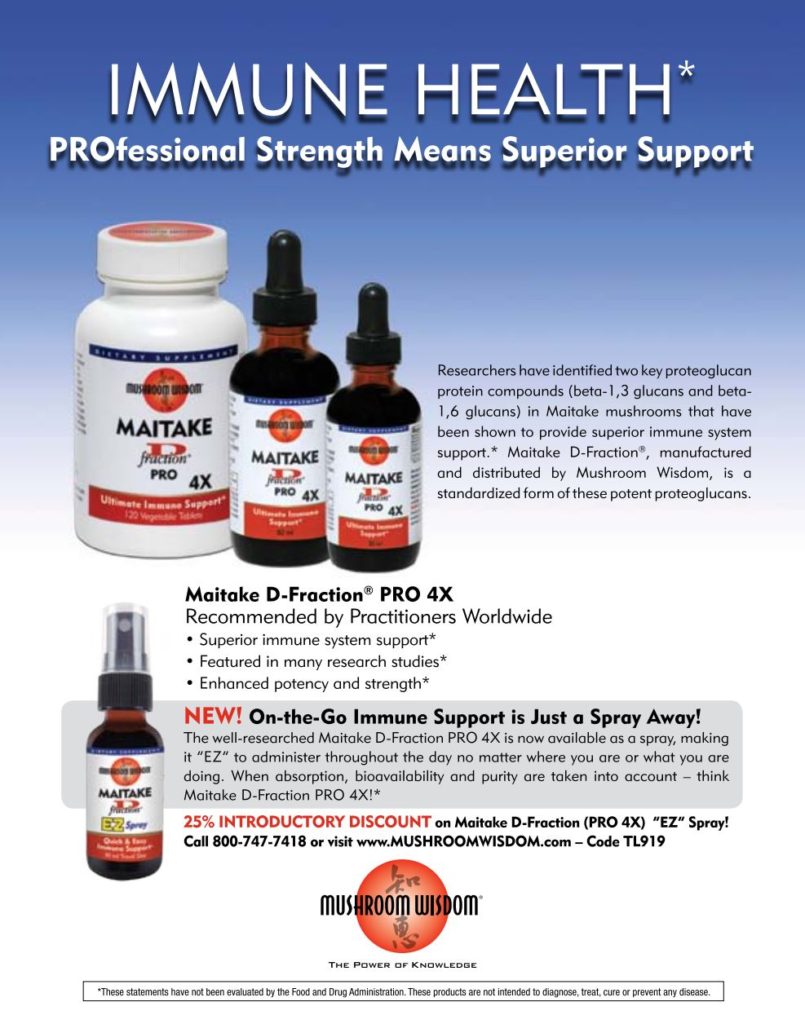
Erica Zelfand, ND, posits that the approach we focus upon in managing erectile dysfunction ignores the role that nitric oxide plays in tumescence (penile erection). NO is the principal molecule that enables the relaxation of the cavernous musculature permitting the blood engorgement of an erection. Like testosterone, NO levels decrease as one ages. Nitric oxide can be nutritionally increased by eating foods abundant in nitrates such as beets. However, dietary nitrates require bacteria in the mouth to convert nitrates to nitrites. Further without adequate hydrochloric acid in the stomach, nitrites may not convert to nitric oxide.
Concurrently NO can be synthesized from the amino acid, L-arginine. The enzyme nitric oxide synthase, which converts arginine to NO, depends on multiple co-factors emphasizing the need for nutritional management, exercise, and improving overall cardiovascular health.
Zelfand’s article is an excellent primer to share with men who fail to take their health seriously.
Cover Story: Nicholas Gonzalez, MD
Before the 2000s, cancer care was largely based on surgical excision, radiation treatment, and chemotherapy. This was before immunotherapy, biological treatments, and targeted therapy. Despite cheerleading by the American Cancer Society (ACS), long-term survival with nearly all cancer diagnoses was uniformly poor if the malignancy progressed beyond a Stage 1 tumor. As would be expected, alternative cancer therapies developed here and abroad. While clinics in Germany and Mexico integrated conventional and alternative cancer therapies, alternative cancer centers in the US largely offered proprietary therapies independent of conventional care. Quackbusters, including hematologist Victor Herbert, MD, decried alternative cancer treatments, labelling practitioners as quacks.
Politically the public who wished the freedom of choice to seek out alternative care demanded Congress to investigate why such treatment was being attacked by medical boards, the AMA, and the ACS. In 1987 the Office of Technology Assessment (OTA) set up a study of unconventional cancer treatment. Despite the lackluster characterization of such treatments by the OTA, Congress appropriated funding in 1991 for an Office of Alternative Medicine at the NIH; that office became the National Center of Complementary and Alternative Medicine at the NIH.
Among the many cancer protocols and practitioners the OTA examined was the work of Nicholas Gonzalez, MD, a treatment protocol based on specialized diet, extensive supplementation including high dose pancreatic glandular supplements, and complementary treatments such as coffee enemas. While Dr. Gonzalez died in 2015, his treatment protocol continues to be administered by practitioners, for example, Linda Isaacs, MD. This month Gonzalez’s authorized biography, The Maverick M.D.—Dr. Nicholas Gonzalez and His Fight for a New Cancer Treatment by Mary Swander, has been published. An excerpt from the biography appears in this issue together with a special report for the Townsend Letter by Swander of her experience being treated by Gonzalez.
Gonzalez’s protocol was based largely on the work of a renegade dentist, William Donald Kelley, who putatively survived a diagnosis of pancreatic cancer with a metabolic-based diet and high doses of glandular pancreatic enzymes. (See Carrie Decker’s article from Aug/Sept 2019: “Pancreatic Glandular Therapies: From Absorption to Cellular Interaction in Cancer” at www.townsendletter.com). Unlike Kelley, Gonzalez was an individual soundly trained in medicine and science completing post-graduate work with renowned immunologist Robert A. Good, MD, at Sloan Kettering Cancer Center and at the University of Oklahoma. Gonzalez decided in 1987 to devote his energies to perfecting the Kelley protocol, necessitating his decision to step away from conventional cancer centers who were unwilling to welcome his use of unconventional cancer care.
The National Cancer Institute and NCCAM did fund an experimental study comparing a chemotherapeutic agent, Gemcitabine, with Gonzalez’s regimen of specialized diet and pancreatic enzyme therapy in patients with advanced pancreatic cancer. The results, unfortunately, did not prove efficacy of Gonzalez’s approach; the NIH report showed survival in the Gonzalez treatment group was four months compared to 14 months in the Gemcitabine group. Gonzalez decried the study design and the statistical analysis; when he requested investigators at Columbia University review the study, he was stunned by their confirmation in 2009 condemning the treatment effectiveness. Gonzalez subsequently authored a book denigrating the report’s faulty analyses and conclusions—the excerpt from Swander’s book in this issue details Gonzalez’s plight with the university investigators and the NIH.
Does a specialized diet and glandular enzymes play a role in cancer care in 2020? Despite the blanket condemnation offered by Wikipedia of Gonzalez’s regimen, patients still need alternative cancer options now. Survival for most advanced cancers may have been modestly improved in the past decade with expensive immunotherapies, but five-year survival rates remain low. Unless a patient is content with limiting oneself to only what is available in “evidence-based” medicine, quality-based long-term survival will necessitate alternative treatment interventions. Not everyone benefits using the Gonzalez approach, but everyone should be permitted the freedom to use it when no other options are forthcoming.
